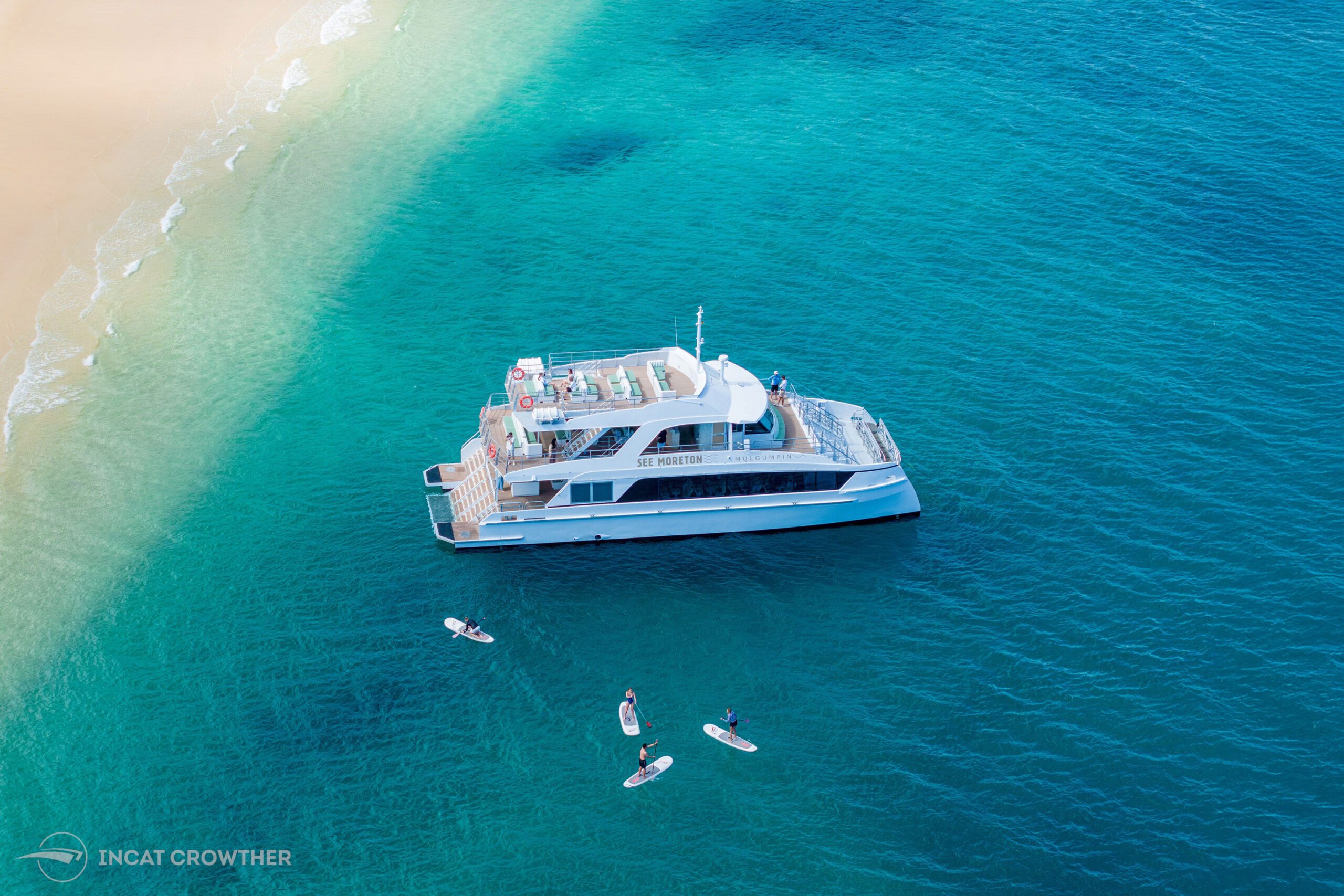Inmarsat’s recent ‘Thriving in the Digital Age’ seminar in Singapore saw leading shipowners and managers highlight who shared how advance connectivity is bringing tangible safety and operational efficiency gains, as the floating office revolutionises the “fundamental interface” between ship and shore.
Advancements in shipboard connectivity are transforming the ‘vessel as a floating office’ from concept to reality, as commercial vessel operators secure new opportunities to enhance safety and efficiency. This was highlighted by a panel of experts at Inmarsat’s ‘Thriving in the Digital Age’ seminar,
Sakura Kuma, Executive Officer of MOL and Managing Director of MOL (Asia Oceania), described the critical role connectivity plays in the safe operations across its fleet of almost 900 vessels to the audience at Inmarsat Maritime’s latest ‘Thriving in the Digital Age’ seminar, during Singapore Maritime Week 2025. She explained that the company transfers data from over 10,000 sensors per vessel to the DarWin (Digital Approach to Reduce GHG With Integrated Network) processing scheme which is connected to its ‘Safety Operation Supporting Centre’ (SOSC) in Tokyo.
“We gather information including weather, waves, currents, and the condition of the engine room and cargo hold,” she said. “All this information used to be reported manually, but with this technology on land, the information is transferred to headquarters and is also visible on the vessel for the captain to make judgements, which is a game changer from both operational efficiency and safety perspectives.”
As MOL introduces new fuels into its fleet, the company’s use of ship-to-shore data transfer to help simplify operational requirements and maintain safety by ensuring onboard decision-making is “fully aligned” with the head office, Sakura Kuma added.
Nakul Malhotra, Vice President Emerging Opportunities Portfolio, Wilhelmsen, also emphasised the contribution made to safety by progressive digitalisation. The fundamental aim of maritime digitalisation is to drive “compliant commercial growth – safely”, said Nakul Malhotra, although he added: “If there isn’t a commercial value proposition, it doesn’t move forward.”
Optimised connectivity helps to ensure the viability of digitalisation strategies, he continued. “The unleashing of prevalent connectivity means that high-frequency data and IoT – things that were possible but not probable – are now more probable.”
A “bite-sized” example of the way advanced connectivity is enabling previously ‘improbable’ innovations was offered by Andrew Hoad, Chief Commercial Officer, Synergy Marine Group. He offered insight into his company’s implementation of onboard hydroponics.
“What we’ve started experimenting with at Synergy is growing our own food on the ships,” he said. “AI from the shore is controlling the water, the temperature, and the light. That’s something that’s completely impossible to do without AI through broadband.”
In a more conventional use case, Andrew Hoad pointed to the way generative AI allows officers “talk to their PCs” [personal computers] to gain detailed insight into voyage parameters and requirements, with the technology also capable of identifying issues and proposing solutions.
“What all this is bringing – and it’s impossible without the AI that comes with the broadband – is productivity through time savings,” he said. “Everything the officer used to do, which would take them eight to ten hours, they’re now getting done in an hour.”
While the panellists highlighted how the floating office would continue to bring new opportunities for greater efficiency, they also agreed that maritime digitalisation should not be viewed merely as a foundation for performing the same processes faster. In Nakul Malhotra’s words, it should also serve as “the trigger to change the fundamental interface” between ship and shore.
Inmarsat Maritime’s NexusWave provides the seamless connectivity to facilitate this transformation by combining multiple networks in real time. Describing the concept behind the solution, Audra Drabloes, Strategy Director at Inmarsat Maritime, said, “What we wanted to achieve was this vision of the floating office – and if you have an office, you really need it to be resilient.”
Through its unique network-bonding capability, the fully managed NexusWave solution leverages the aggregate capacity of all available underlays to deliver unparalleled speeds and reliability, with enterprise-grade firewall security further supporting operational resilience, Audra Drabloes reported.
Acknowledging her fellow panellists’ connectivity-enabled initiatives, she said, “When we think about the floating office, it’s not only about the speeds that we can achieve but what we can do with that speed.”
As Inmarsat Maritime’s ‘Thriving in the Digital Age’ series moves forward, upcoming sessions at Bari-Ship in Japan and Nor-Shipping in Oslo will continue this global conversation — drawing on the perspectives of maritime leaders and innovators facing similar challenges. With connectivity at the heart of these discussions, the series aims to highlight not only technological advancements, but also the real-world value they unlock in driving operational efficiencies, crew welfare and safer seas

 Join The Club
Join The Club











